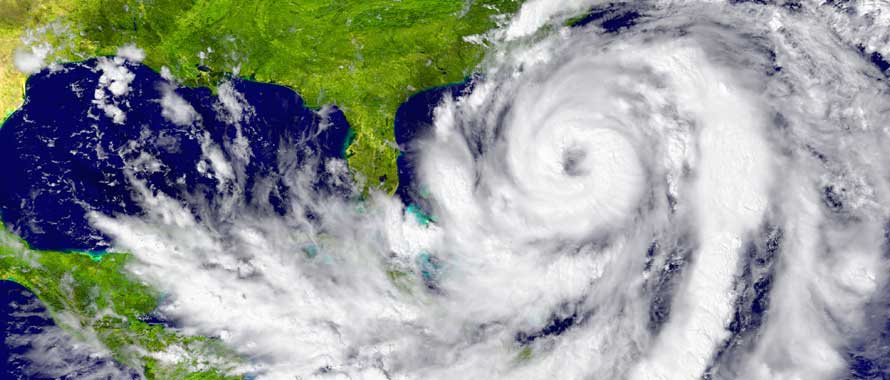Coastal Commercial Insurance
As the 10th anniversary of Hurricane Katrina approaches, we are reminded of nature’s capacity for widespread destruction. It is a good time for property owners in coastal areas nationwide to ensure they are prepared for the worst.
A storm’s final path and impact are unpredictable until it hits land, and while this can create some uncertainty in the coastal commercial insurance market, wholesalers can provide the expertise and resources to manage the complexity and evolving risks associated with these violent storms.
Forecasting Risk
All commercial buildings located near the coast will face some type of property risk. The distance from the water, type of construction and original build year are three major factors in assessing that risk.
Ultimately, though, the fate of the coastal insurance market can be determined more by the whims of the climate than the material on the ground.
“The coastal property market is driven by tropical cyclone modelling,” explains Tony Cugini, Vice President and Managing Director at the Burns & Wilcox Houston office, where they’ve experienced a fair share of severe weather. Real-time factors like El Niño conditions can determine short-term risk, but modelling services project activity for the next 50 to 100 years, based on centuries of historical data.
Despite their built-in uncertainty, these projections have credibility in the marketplace. After significant storm activity in the U.S. between 2005 and 2009, the leading modelling service forecasted an extreme level of activity in the coming years, driving up rates. When several years of relative calm followed, the models (and market rates) were revised significantly, downward.
Trouble Comes Ashore
When disaster does strike, the predictions are put to the test – and uncertainty in the market can cause a panic. When Hurricane Ike hit Texas in 2008, the storm continued further inland than any storm before it, surprising both meteorologists and insurance companies. Afterward, carriers became more cautious, with some exiting the market, causing rates to spike in 2009 and 2010. But after several years without incident, carriers returned and rates have begun to stabilize.
“Anytime a major event like that occurs, some insurers will want to pull out of the market,” Cugini says. On the other hand, when rates are deflated, “some agents will flock to sell on price, and end up offering under-market rates. It’s simple supply and demand.”
Shelter from Uncertainty
So what is the key to managing this inherent volatility? Cugini says it requires a multitude of deep market relationships to deliver a long-term view toward stability. “Our clients understand that it’s important to partner with a wholesaler that has access to markets with capacity to write their wind and hail policies, without extreme pricing.”
Not everyone in the wholesale world is positioned this way. According to Cugini, some wholesale brokers may have coastal capacity one day, but with limited market relationships, their capacity will be unavailable the next.
“Sitting on a broad portfolio of moderately-priced rates is the only way to foster long-term partnerships with clients,” says Cugini.





